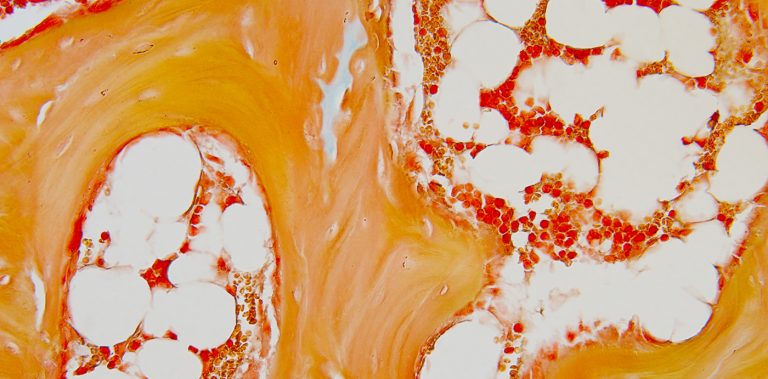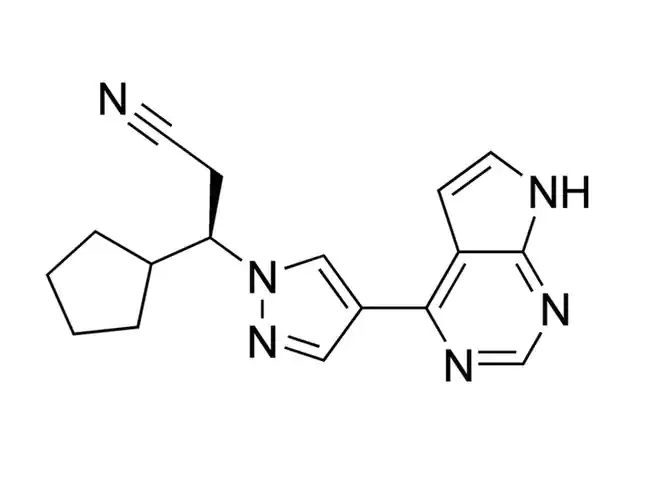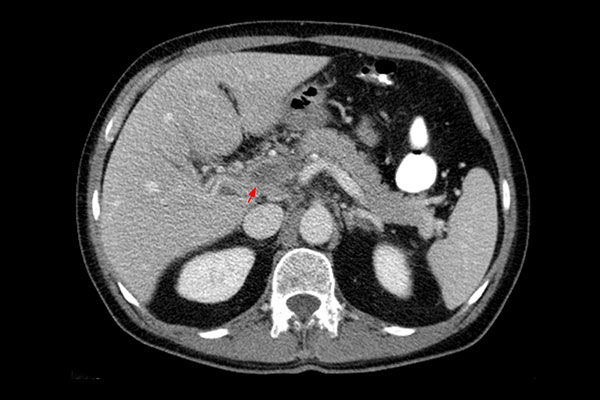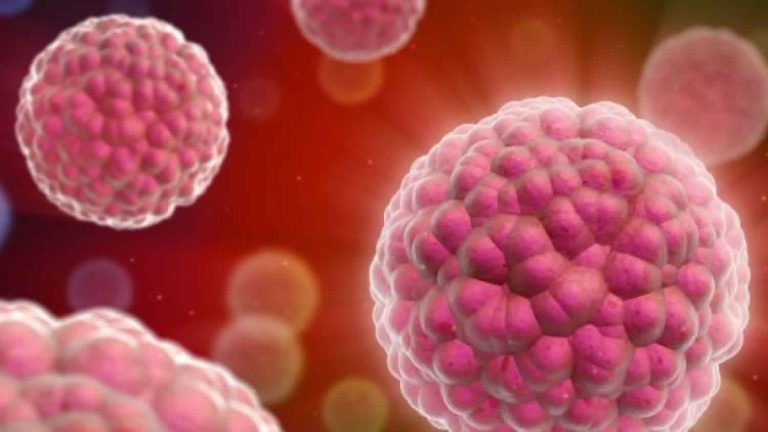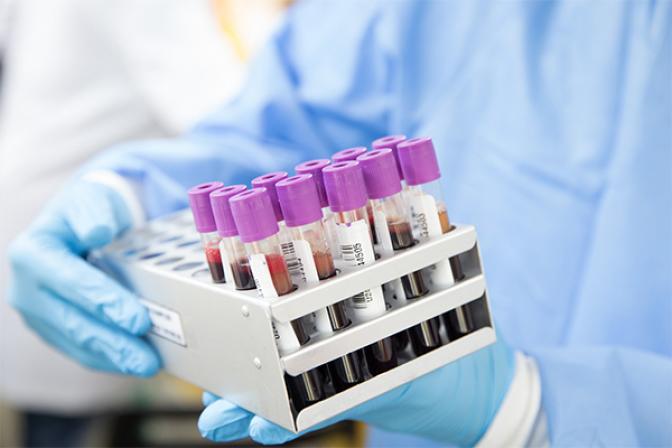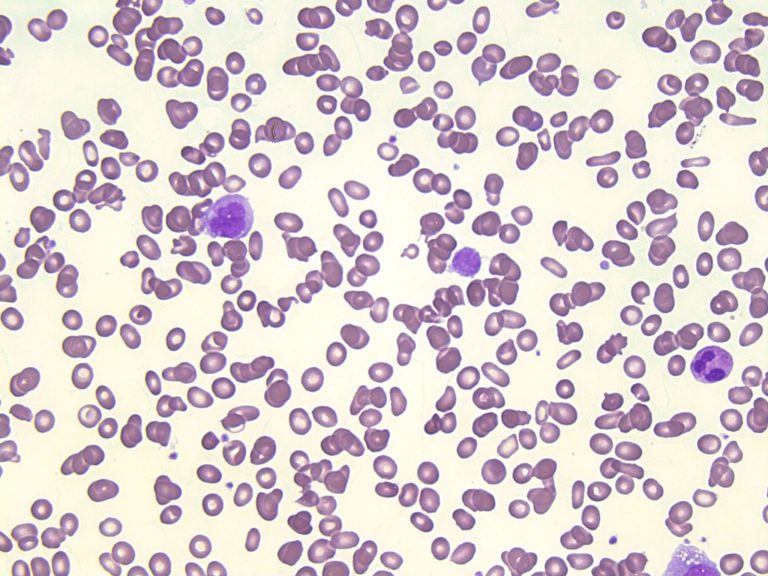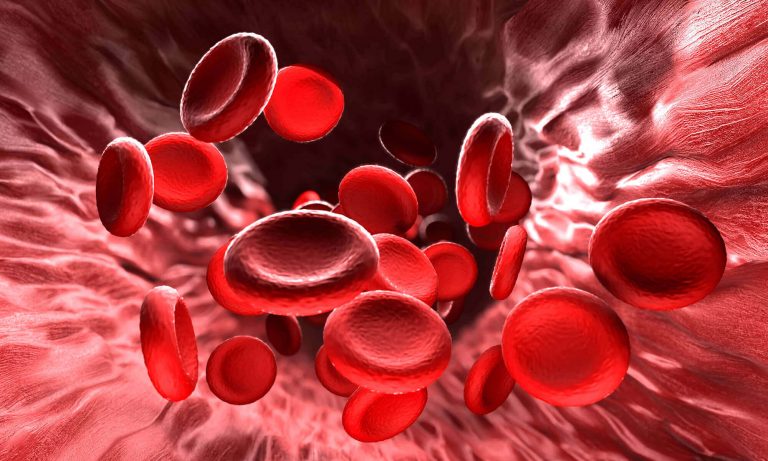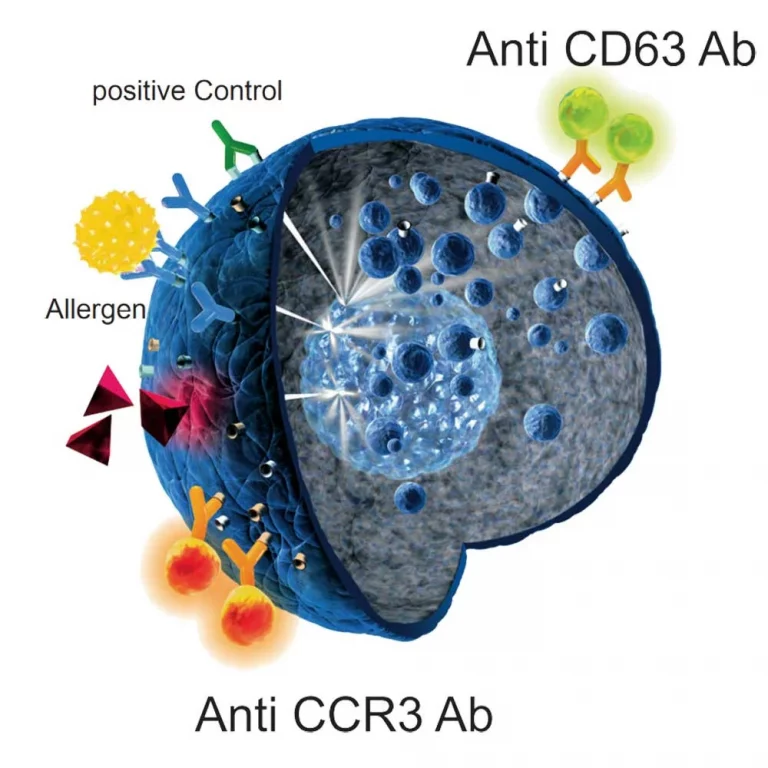Characterization of CD34+ hematopoietic cells in systemic mastocytosis
Abstract Background: Recent studies show that most systemic mastocytosis (SM) patients, including indolent SM (ISM) with (ISMs+) and without skin lesions (ISMs-), carry the KIT D816V mutation in PB leukocytes. We investigated the potential association between the degree of involvement of BM hematopoiesis by the KIT D816V mutation and the distribution of different maturation-associated compartments…
